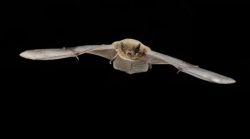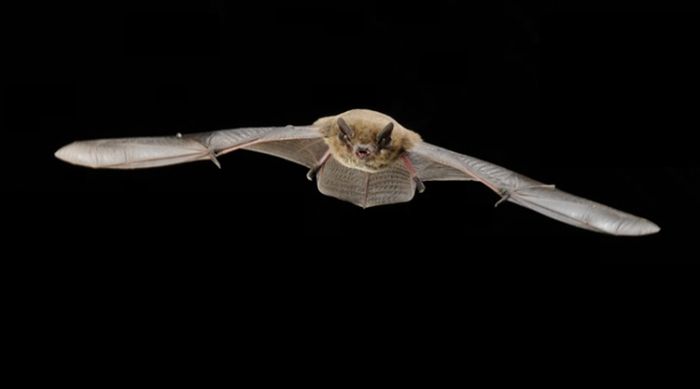International symposium searches solutions for migrating bats
On November 8 and 9, 2019, the international bat research community will meet in Ostend and Bruges.

The two-day meeting will focus on the state-of-the-art scientific knowledge on bat migration, and will show results of high-tech research that has recently been conducted. Thanks to a combination of these new techniques and tight collaboration between different partners (professional scientists, amateur experts and consultancy compagnies) it is now easier to estimate the effects of wind turbines and nocturnal artificial light on bats. Based on objective facts and figures, a conversation can be started with wind farms developers. This new knowledge also facilitates a more substantiated advice in the drawing up of environmental permits. The focus of the symposium lies on the North Sea, but results from the hinterland and other areas are covered as well.
During this meeting, the LifeWatch sensor network for bat detection will be presented as well.
Practical information and the agenda can be found here.
A press release (Dutch only) was sent out on November 7th by the Flanders Marine Institute (VLIZ), the Royal Belgian Institute of Natural Sciences (RBINS) and the Bats Working Group of Natuurpunt Study. The full text is available here.

During this meeting, the LifeWatch sensor network for bat detection will be presented as well.
Practical information and the agenda can be found here.
A press release (Dutch only) was sent out on November 7th by the Flanders Marine Institute (VLIZ), the Royal Belgian Institute of Natural Sciences (RBINS) and the Bats Working Group of Natuurpunt Study. The full text is available here.




